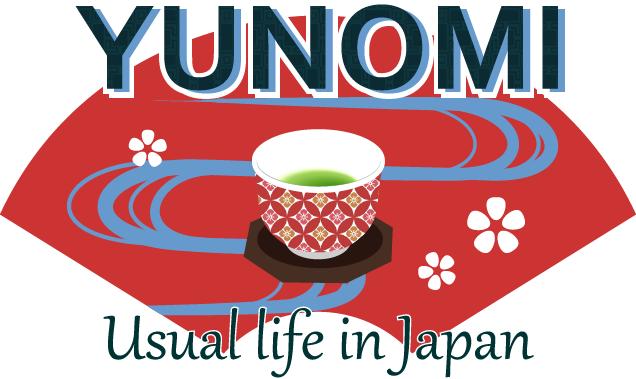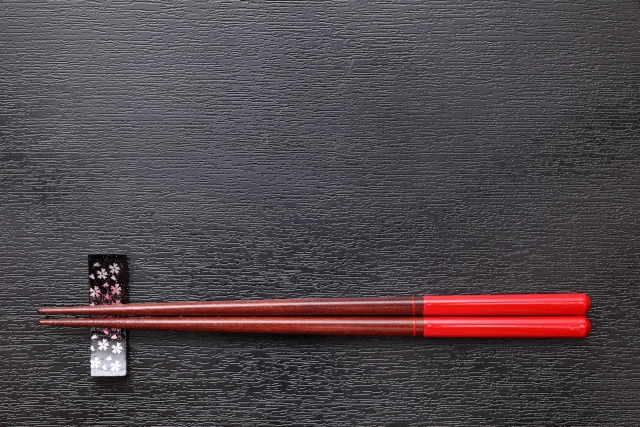Nowadays Japanese cannot expect to see foreigners struggle with chopsticks. Many of them can use them with ease. But how many foreigners could tell the distinctiveness of Japanese chopsticks?
At a glance, Japanese chopsticks have tapered tips unlike those of Chinese or Korean.
Basically, they are made of wood or bamboo, hardly made of metals, and lacquered for smoothness and durability.
Chopsticks have sizes that match you
They have ‘sizes’ (allover length) categorized by men’s and women’s, and for children in different ages, responding to the length of their fingers -- your best size would be well-advised if you consult at the shop.
However, you would hardly see those of different sizes in use other than Japanese homes because chopsticks offered in public spaces like restaurants and hotels are to fit everyone, which means ‘one-fits-all size’.
Chopsticks are also one of the essential cooking tools in Japanese kitchens. Those for cooking purposes are much longer in length, which are approx. 30 to 40cm.
How to choose the right chopsticks for you
When you make an arrow at right angle with thumb and index finger of your dominant hand,the length bet-ween your thumb and index finger is called the Hitoata.
Chopsticks that are roughly 1.5 times this length are appropriate.
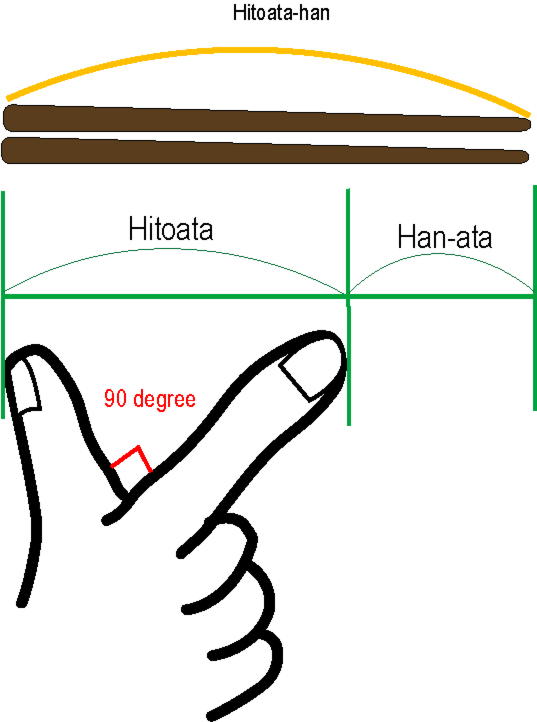
Length for age (general size)
| 13 cm | 2 years old. |
| 14 cm | 3 years old. |
| 15 cm | 4 years old. |
| 16 cm | 5 years old. |
| 17 cm | 1st and 2nd elementary school children. |
| 18 cm | 3rd and 4th elementary school children. |
| 19 cm | 5th and 6th elementary school children. |
| 20 cm | 1st year junior high school student. |
What are the things you should't do with chopsticks?
There is a strict manner of how to hold the chopsticks as well as a number of rules in usage. Japanese are trained to acquire them in their childhood. It is considered as indispensable education of etiquette. So if you have incorrect habit in holding them, it is quite easy to be caught by people’s attention!
Tsuki hashi,Sashi hashi
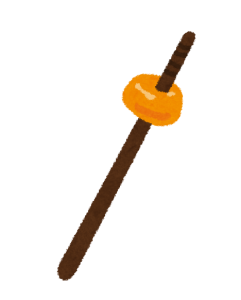 Spearing food rather than holding it to eat.
Spearing food rather than holding it to eat.
Do not stab food with your chopsticks.
Hashi watashi
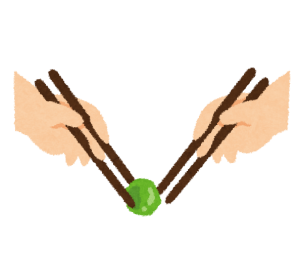 Passing/Receiving a piece or a chunk of food to from chopsticks.
Passing/Receiving a piece or a chunk of food to from chopsticks.
When someone tries to give you food with their chopsticks, do not take it with your chopsticks. Use plates.
It is a bad manner because I do the same thing when picking up the bones of the dead after cremation.
Sashi bashi
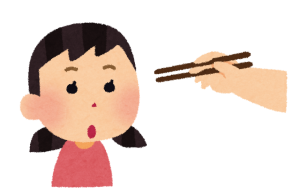 Pointing at someone or something with chopsticks.
Pointing at someone or something with chopsticks.
Do not point people with your chopsticks.
Kami bashi
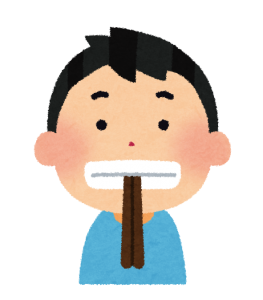
Biting chopsticks.
Do not bite or chew your chopsticks.
Tate bashi
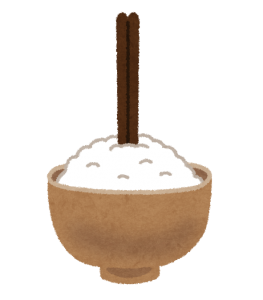
Sticking your chopsticks vertically into rice.
Do not stick your chopsticks in a bowl of rice.
This is how a bowl of rice is presented to the spirit of a deceased person, at their deathbed or at a Buddhist altar.
Yose bashi
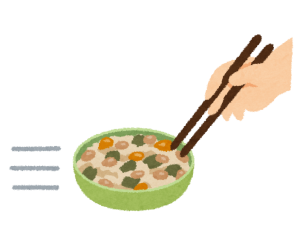
Pulling dishes closer using chopsticks.
Do not use your chopsticks to move plates or bowls.
Watashi bashi
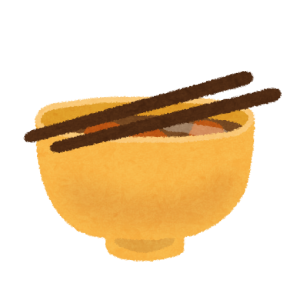
Resting chopsticks sideways across the top of a dish or bowl.
This means "I finished eating"
If you are in the middle of a meal, let's use a chopstick rest.
Chopstick rest
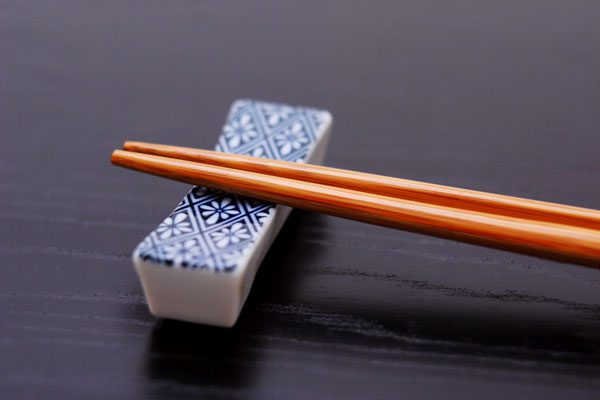
Often, chopsticks are placed on the ‘chopstick rest’. That is to avoid the used chopsticks from leaving food marks on the table.
Chopstick rest with various designs
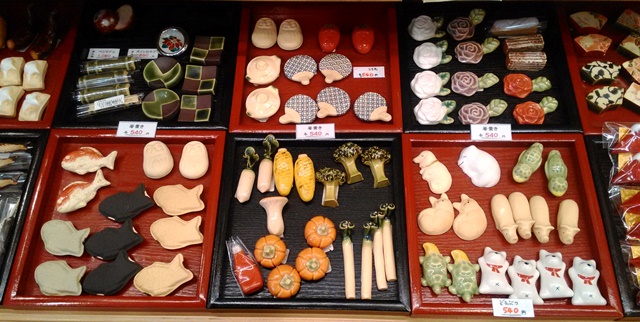
Chopstick rests play a part of the embellishment of the table.
They are made of various materials and actually one of the popular collectibles.
Chopsticks case
There are also ‘chopsticks case’ in various designs and materials. This enables you to carry your own chopsticks out of your home, so that you will not need disposable chopsticks, which further serves to protect environment by reducing waste.
